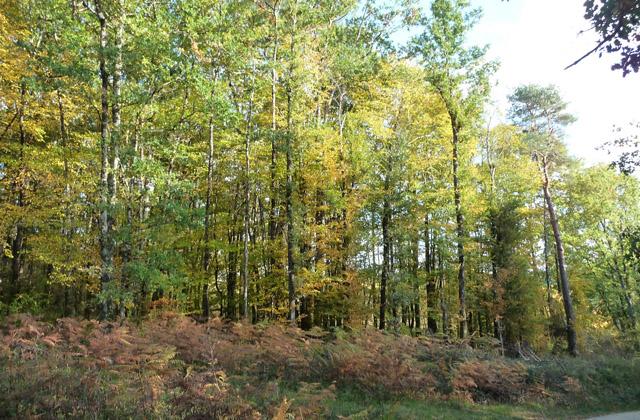The Landais Forest
Situated in the north-west is the largest and is made up of maritime pines, oaks and hornbeams. The landscape is a combination of hills and glens with small rivers running through, such as the Lidoire and the Eyraud.
It is a massif where you can see the common buzzard, as well as the short-toed snake eagle and, for those of you fortunate enough, the extremely rare northern goshawk.
Near Bergerac
You can also discover the Forest of Liorac, not far from Bergerac, which is partially protected by a regional nature reserve (restricted access).
This forest is similar to the Périgord-type forest, dominated by chestnuts and oaks and provides a home and food to a wide range of animal species: red squirrels, martens, woodpeckers, song thrushes and mistle thrushes, Eurasian golden orioles, forest birds of prey and cave passerines (tits, nuthatches, creepers) and where you are likely to hear the owls hooting at night.
The hillsides and meadows host a wide variety of orchid species.



To the east
lies the extensive forest massif of The Béssède, comprising mixed afforestation and partially listed as a ‘Sensitive Natural Area’ (French “espace naturel sensible”). It also includes a sector of national forest.
This natural area is of special interest as small-scale wetlands and open habitats overlap with the forest environment and, as such, enhance the biodiversity of this area which is highly-popular with the local population.
Caesar’s Camp, above Cadouin, is a well-known place for hearing stags bellowing in the autumn.
The Lanquais forest
Between Lanquais, Faux and Monsac, the Forest of Lanquais comprises mixed afforestation including deciduous and coniferous trees.
The glen that the Couzeau creek runs through is home to the black woodpecker, the largest species of woodpecker in France.
Looking skywards, the buzzard will, at times, leave the stage to the short-toed snake eagle, the largest nesting bird of prey in Dordogne, which preys on snakes almost exclusively.
